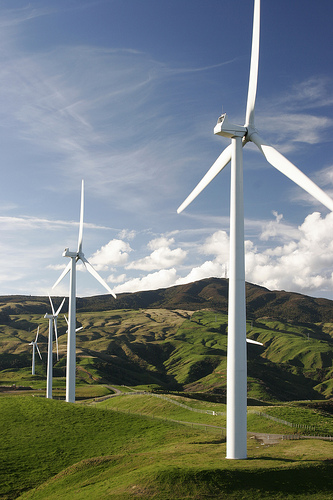A report from IRENA (International Renewable Energy Agency) confirms that renewable energy has become increasingly competitive in the last years, especially during the last two years, with a continuous costs decreasing, increased worldwide deployment and rapid technological advances. The report is called “Renewable Power Generation Costs in 2012: An Overview” and it comprises a profound analysis of the costs and performance of renewable power generation. The IRENA report analyses 8000 sustainable energy projects, showing that renewables are the most competitive option for new electricity supply, as well as already being the most economically feasible solution for off-grid power supply. This situation is boding well for a global energy transition.
The sustainable energy sources deployment continues to be hindered by outdated perceptions that renewable technologies are too expensive and difficult to implement. IRENA is collecting data from government agencies, financial institutions, equipment manufacturers, project developers, utilities, and research institutions, to change the mindset. According to previous studies of IRENA, solar Photovoltaics (PV) costs have declined drastically, with crystalline silicon PV module costs falling by over 60% in the last two years to as little as USD 1/Watt.
The rapid cost reductions in some sustainable energy technologies means that up-to-date data are required to evaluate support policies for every type of renewable energy, while a deep and rapid analysis of the costs is required to decide on the level of support. Policy makers in all countries need to be aware of that situation in order to act accordingly. Another sustainable energy source is the bioenergy in form of biomass. Around the world, large quantities of biomass (agricultural and forestry wastes) go underutilized. Using them as a feedstock to provide power and heat to the people cost, nowadays and in many places, less than electricity from the grid. Additionally, hydropower is a mature technology , with many years of development and with generally low costs. Finally, in locations with good wind resources, on-shore wind has become an extremely high competitive power generation option.
